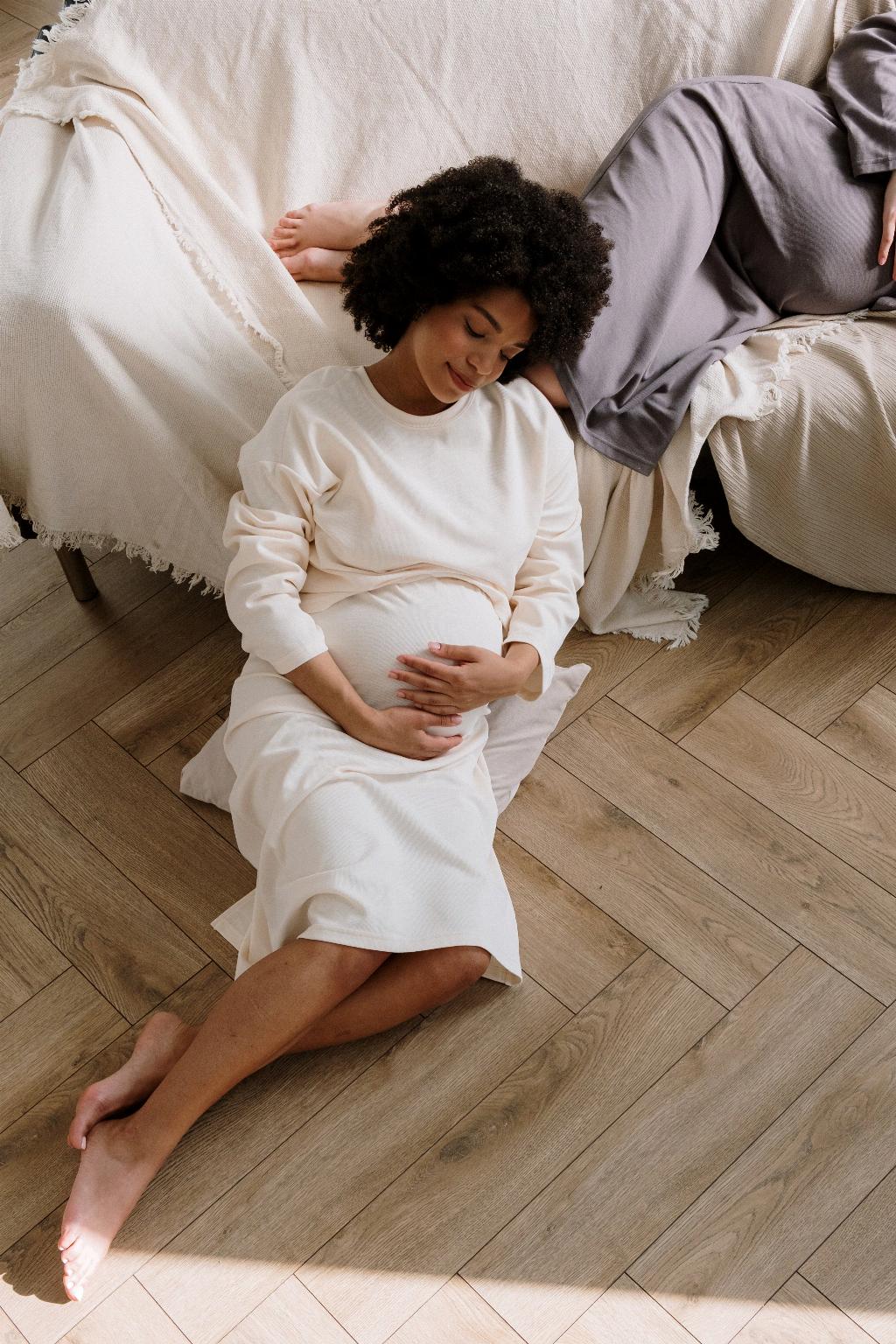During pregnancy, many women experience various changes in their bodies, including their feet. One common alteration is the widening of the feet due to a combination of factors such as weight gain and the hormone relaxin. This widening can cause discomfort and make previously fitting shoes feel too tight.
Factors Affecting Post-Pregnancy Foot Size
It is important to note that not all changes in foot size during pregnancy are permanent. While some women may find that their feet return to their pre-pregnancy size after giving birth, others may notice lasting differences. Factors such as genetic predisposition, the amount of weight gained during pregnancy, and the development of flat feet can all play a role in determining whether your feet will revert to their original size.
Impact of Weight Gain on Foot Size
Weight gain during pregnancy can have a significant impact on the size and shape of your feet. The additional weight can put pressure on the ligaments and tendons in your feet, causing them to expand. While some of this expansion may be temporary and resolve after giving birth, excess weight gain can lead to more permanent changes in foot size.
The Role of Relaxin Hormone
The hormone relaxin, which is produced during pregnancy to help loosen ligaments in the pelvis for childbirth, can also affect the joints and ligaments in the feet. This hormonal change can contribute to the flattening of the arches and widening of the feet, both of which may persist postpartum.
Addressing Foot Concerns Post-Pregnancy
If you find that your feet have not returned to their normal size after pregnancy and are experiencing discomfort or difficulty finding well-fitting shoes, there are steps you can take. Consulting a podiatrist for expert advice on footwear and possible orthotic inserts can help alleviate any issues caused by changes in foot size.
Importance of Proper Footwear
Wearing appropriate footwear post-pregnancy is crucial in maintaining foot health and comfort. Opt for shoes that provide ample support, cushioning, and room for your feet to breathe. Avoid high heels and narrow, constricting shoes that can exacerbate any lingering issues with foot size.
Exercises for Foot Strength and Flexibility
Incorporating exercises that focus on strengthening and stretching the muscles in your feet can also aid in maintaining foot health after pregnancy. Toe curls, ankle circles, and calf stretches are some simple yet effective workouts that can help improve foot function and alleviate discomfort.
Monitoring Long-Term Foot Changes
It is essential to pay attention to any persistent changes in foot size or shape post-pregnancy and seek professional guidance if needed. Regularly monitoring your foot health and addressing any concerns promptly can prevent potential issues from developing into more significant problems down the line.
Self-Care Practices for Foot Comfort
Practicing self-care techniques such as foot massages, elevating your feet, and using ice packs to reduce swelling can also contribute to overall foot comfort and well-being. Taking proactive steps to care for your feet can help mitigate any discomfort stemming from post-pregnancy changes.
Embracing Your Unique Foot Journey
Whether your feet return to their pre-pregnancy size or undergo lasting changes, it is essential to embrace and appreciate your unique foot journey. Each woman’s experience is different, and prioritizing self-care and comfort can go a long way in promoting overall foot health and well-being.
Consulting a Healthcare Professional
If you have any concerns or questions regarding changes in your foot size after pregnancy, do not hesitate to consult a healthcare professional or podiatrist. Seeking expert advice and guidance can help address any lingering issues and ensure that your feet remain healthy and supported as you navigate the postpartum period.

